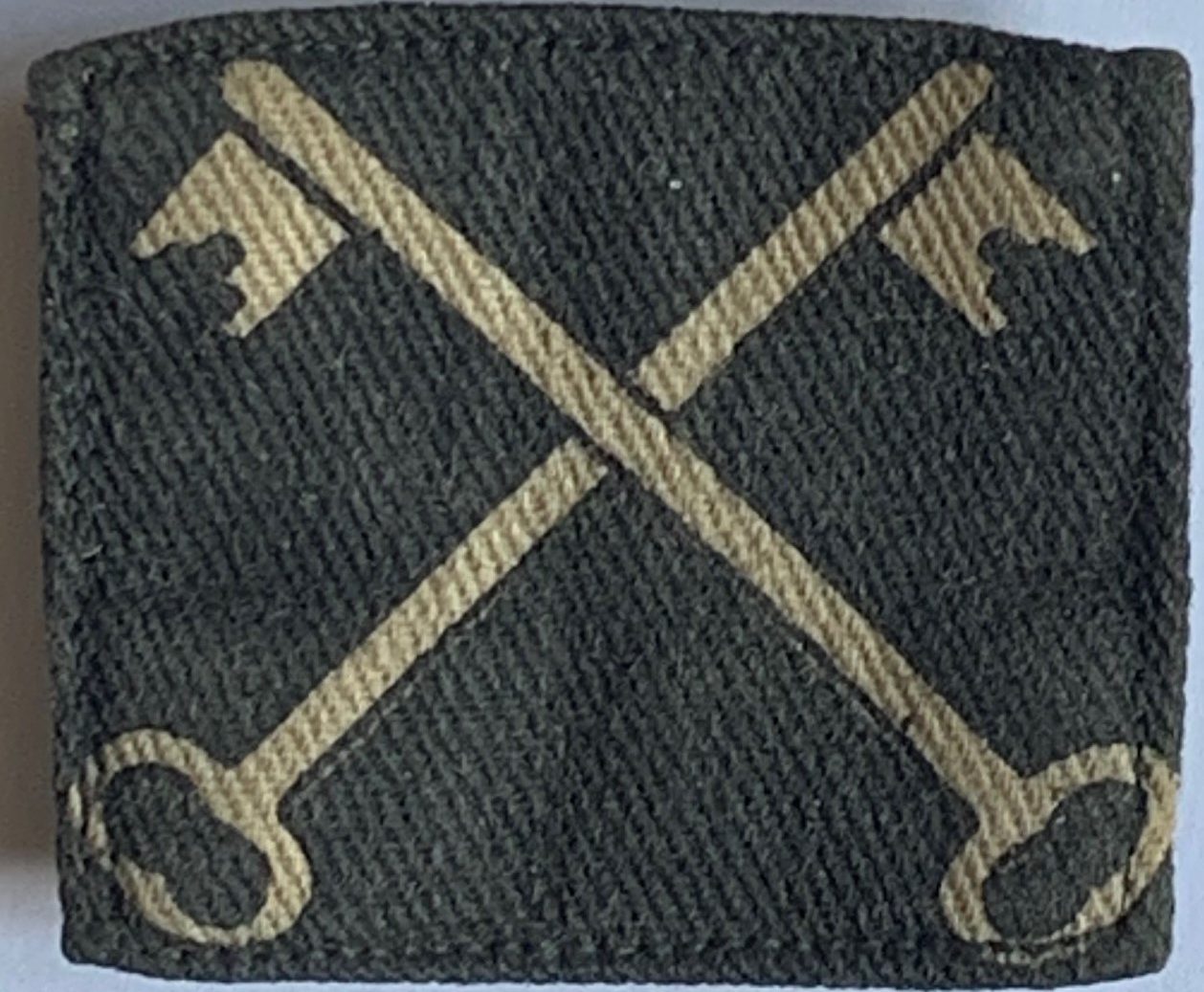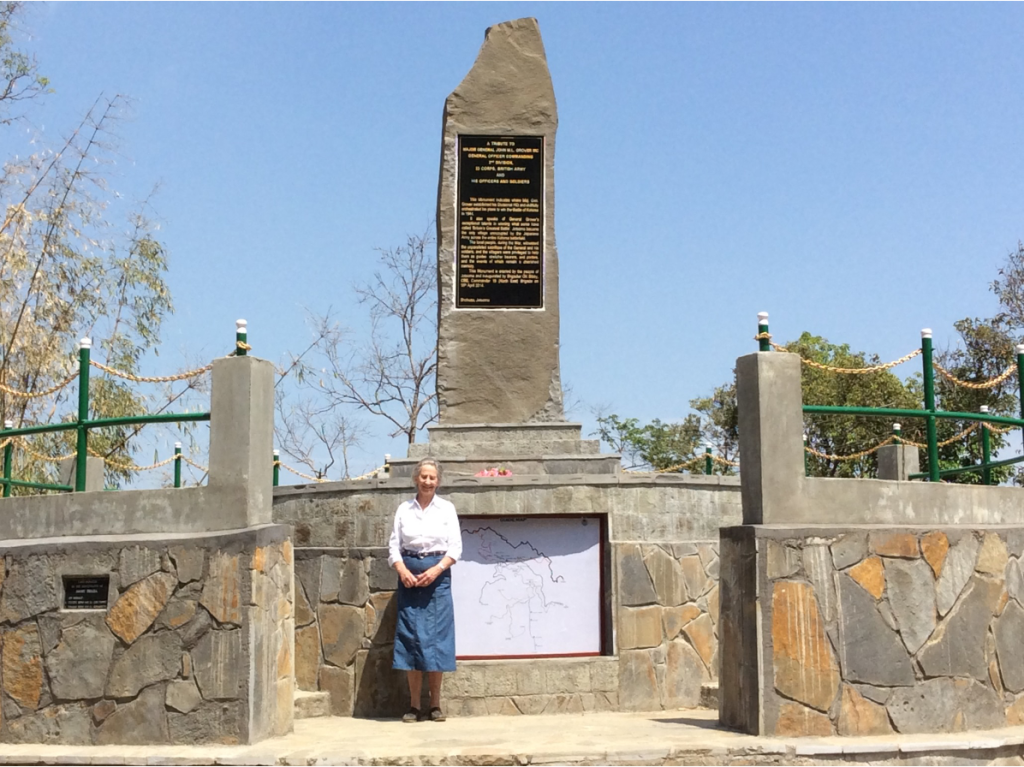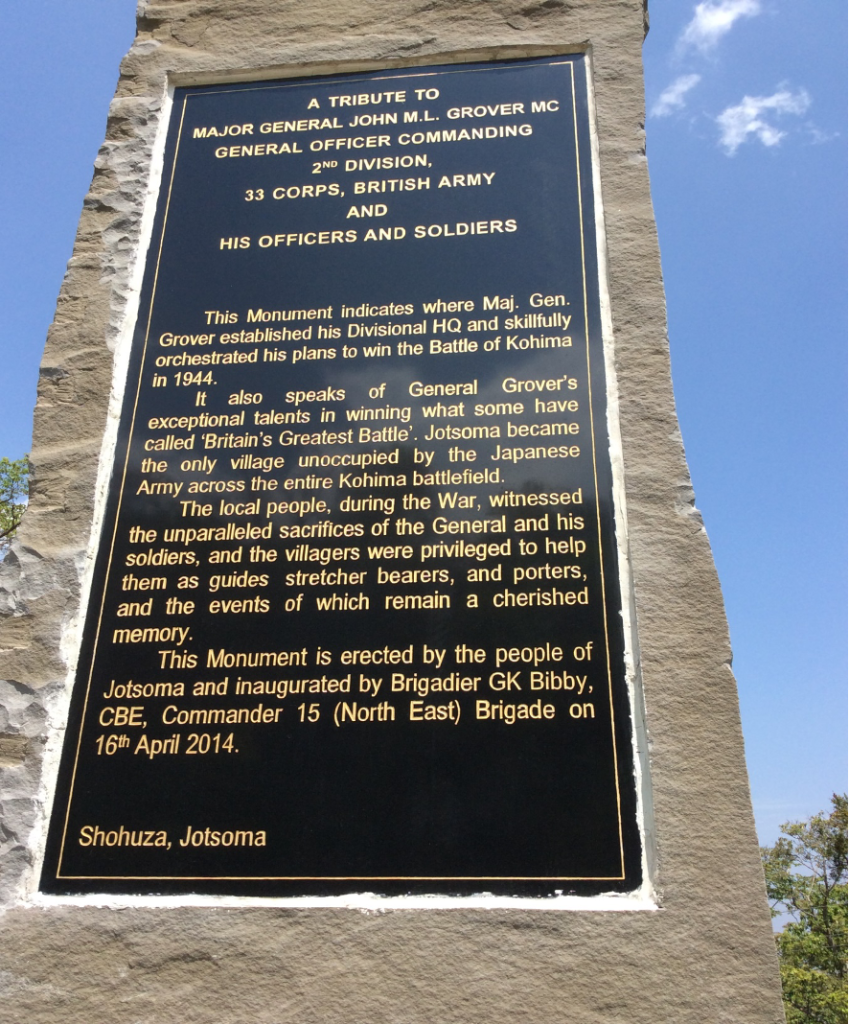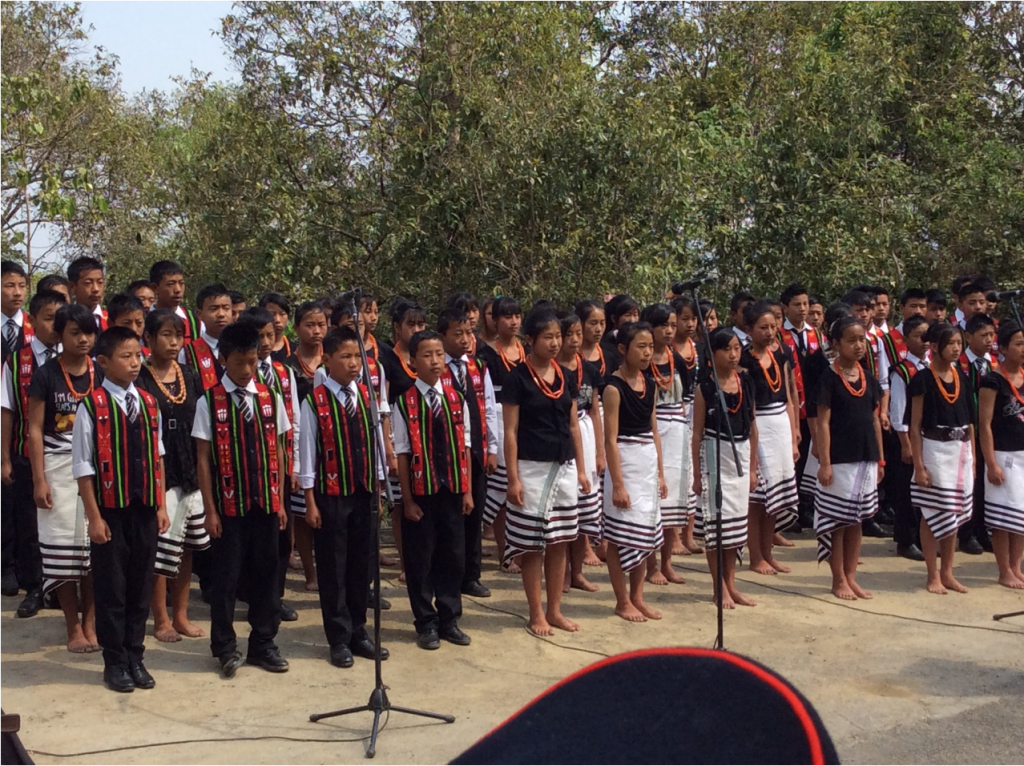The Naga in 1944
Kohima sits at 5,000 feet in the Naga Hills, a vast and inhospitable region of jungle-covered hills with few roads. In 1944, it was sparsely inhabited by scattered aboriginal tribes, most of whom had been converted from animism by American Baptist missionaries. They traditionally practiced head-hunting, although this was discouraged under British administration. British soldiers were struck by their appearance; they were described as “like Red Indians” by Ray Street of the Royal West Kents.
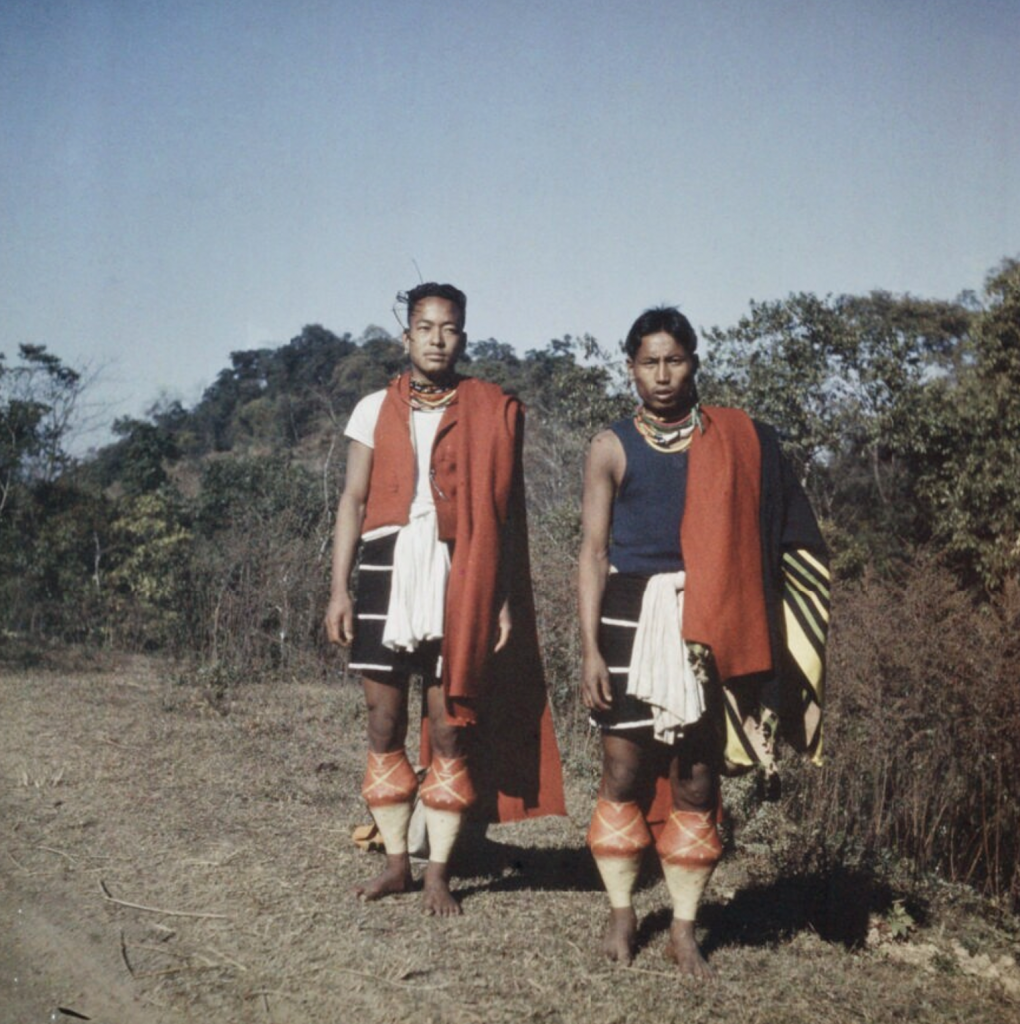
Naga Support for the British
The Nagas of Kohima provided invaluable support to the British, acting as guides, spies, porters and stretcher-bearers, as well as combatants if provided with rifles.
One of these exotic allies, Rhizotta Rino, explained their support:
“Why did we fight for the British? They were our protectors. They were here before the Japanese and they protected us. We had to help them”.
Major General Grover, Commander of the British 2nd Division, wrote:
“They offer to take on any job, usually of an Intelligence nature, to visit some village behind Jap lines, or to provide porters or guides whenever required, and offer to do all this for nothing. We are insisting on paying them. One has been taught to regard the Nagas as savage head-hunters. Some of them are, but the great majority are extremely lovable.”
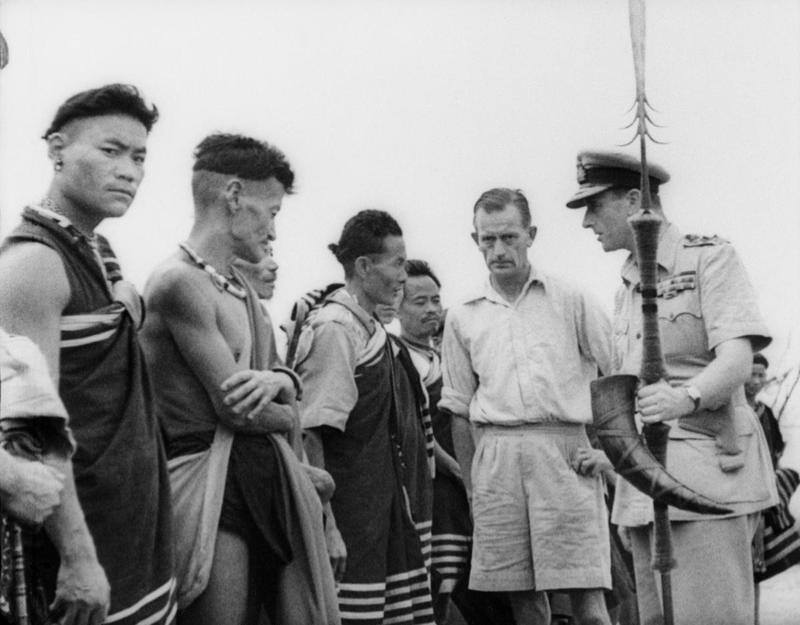
A film describing the experiences and perspectives of Naga who remember 1944 can be found here.
The Grover Monument
In 2014, citizens of the Naga village at Jotsoma dedicated a monument to Major General Grover, his officers and soldiers. The general’s daughter-in-law Mrs Celia Grover was present.
Kohima Educational Trust
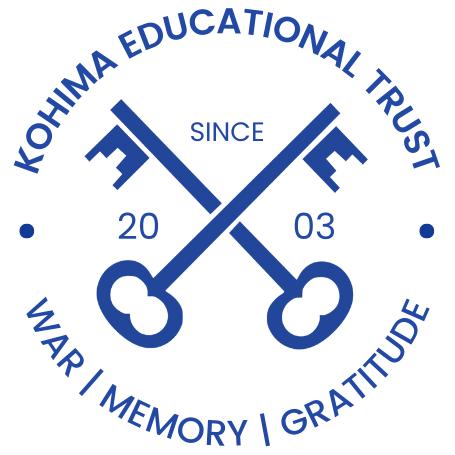
The Kohima Educational Trust was created in gratitude to the Nagas for their staunch support. Its purpose is to help finance the education of Naga children through scholarships, prizes and the provision of educational resources, using the past to benefit the future.
